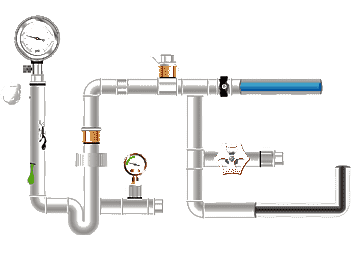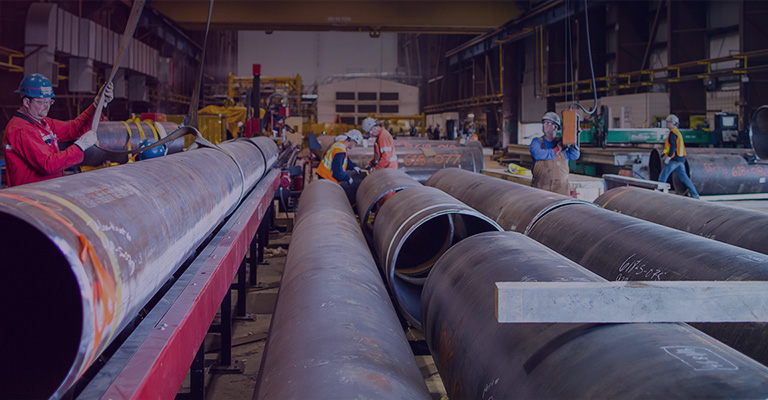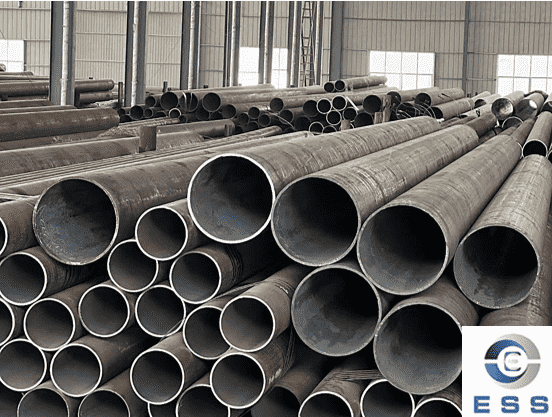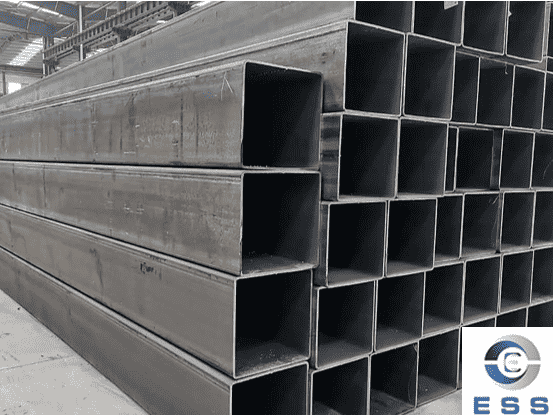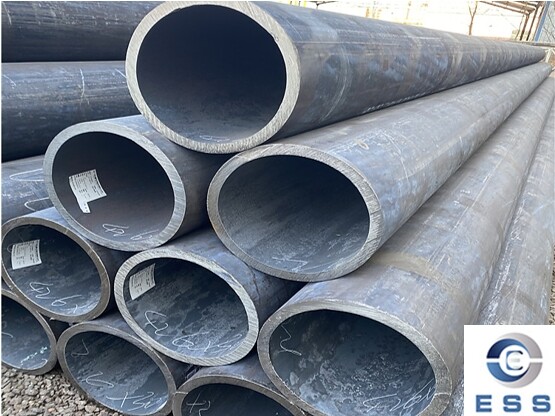
Importance of boiler
tube butt welding gap
Control of boiler tube butt welding gap is
an important part of boiler
tube welding process. Reasonable welding gap can ensure the uniformity and
density of weld, improve the strength and sealing of welded joint, and ensure
the safe operation of boiler. Therefore, it is very important to follow the
standard specification of boiler tube butt welding gap.
Standard specification of boiler tube
butt welding gap
1. Allowable misalignment value
During butt welding, the misalignment value
of boiler tube should be controlled within a certain range.
According to the specification
requirements, the local misalignment value of butt welding should not exceed
10% of the wall thickness, and the minimum should not be less than 1mm; the
local misalignment value of butt welding should not exceed 10% of the thickness
of weldment, and the maximum should not exceed 3mm.
This standard helps to ensure the flatness
and strength of weld.
2. Butt centerline deviation
The butt centerline deviation is also an
important indicator to measure whether the welding gap is qualified. Depending
on the diameter of the pipe, the allowable deviation of the butt centerline
also varies.
When the nominal diameter of the pipe is
DN<100mm, the allowable deviation of the center line of the butt joint α should be ≤2mm; when the nominal diameter
of the pipe is DN≥100mm, α should be ≤3mm. Controlling the deviation of the center
line of the butt joint helps to ensure the symmetry and aesthetics of the weld.
3. Weld joint layout regulations
In order to ensure the quality of welding
and facilitate welding and post-weld heat treatment, the layout of the weld
joints of boiler tubes also needs to follow certain specifications.
The weld joints should avoid stress
concentration areas to reduce the stress effects during welding.
The center line of the butt weld of the
heating surface pipe should be at least 70mm away from the starting point of
the pipe bending or the outer wall of the header and the edge of the support
bracket to prevent the weld from being deformed by heat or damaged by external
forces.
The distance between two butt welds on the
same pipe shall not be less than 150mm to ensure that there is enough spacing
between the welds to avoid overlapping of the heat-affected zones.
Precautions in actual operation
When performing boiler tube butt welding,
in addition to following the above standards and specifications, the following
points should also be noted:
1. Before welding, make sure to clean
the boiler tubes, remove
rust, oil and other impurities.
2. Select appropriate welding methods and
welding materials to ensure the quality and performance of the weld.
3. During the welding process, parameters
such as welding speed and temperature must be strictly controlled to avoid
welding defects.
Summary
In summary, the gap standard for boiler
tube butt welding is a key link to ensure the safe operation of the boiler.
Only by strictly following the standard specifications can the quality and
performance of the weld meet the expected requirements. Therefore, in actual
operation, it is necessary to strictly abide by the relevant regulations and
pay attention to detail processing.









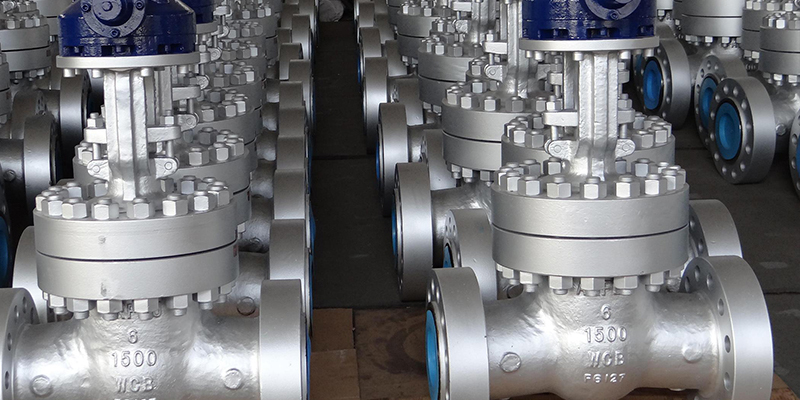
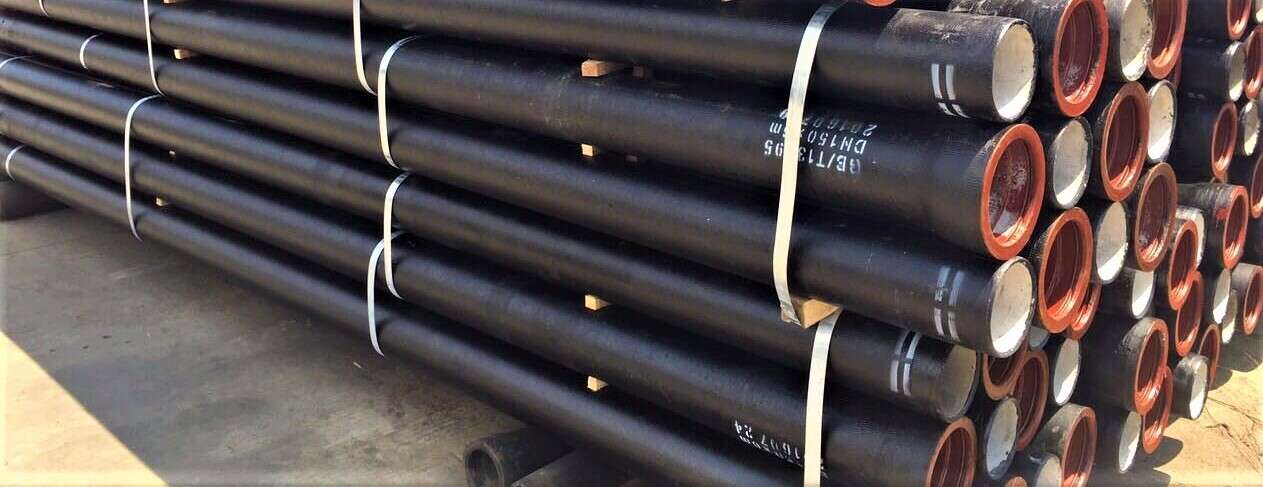


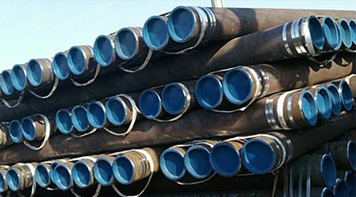 Eastern Steel Manufacturing Co.,Ltd not only improve product production and sales services, but also provide additional value-added services. As long as you need, we can complete your specific needs together.
Eastern Steel Manufacturing Co.,Ltd not only improve product production and sales services, but also provide additional value-added services. As long as you need, we can complete your specific needs together.
